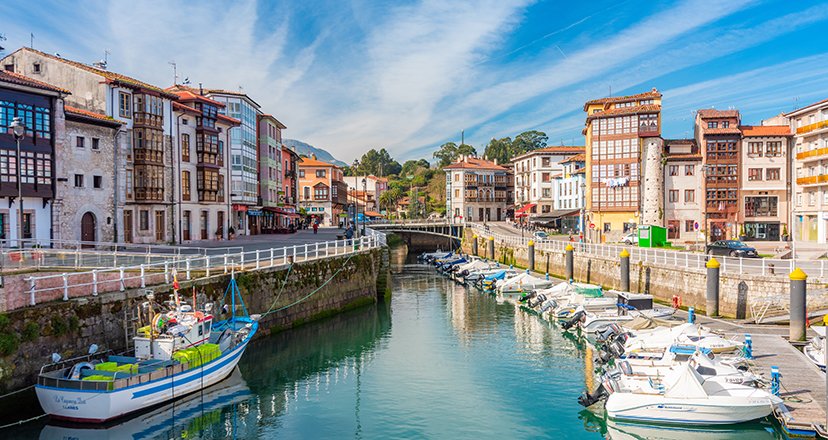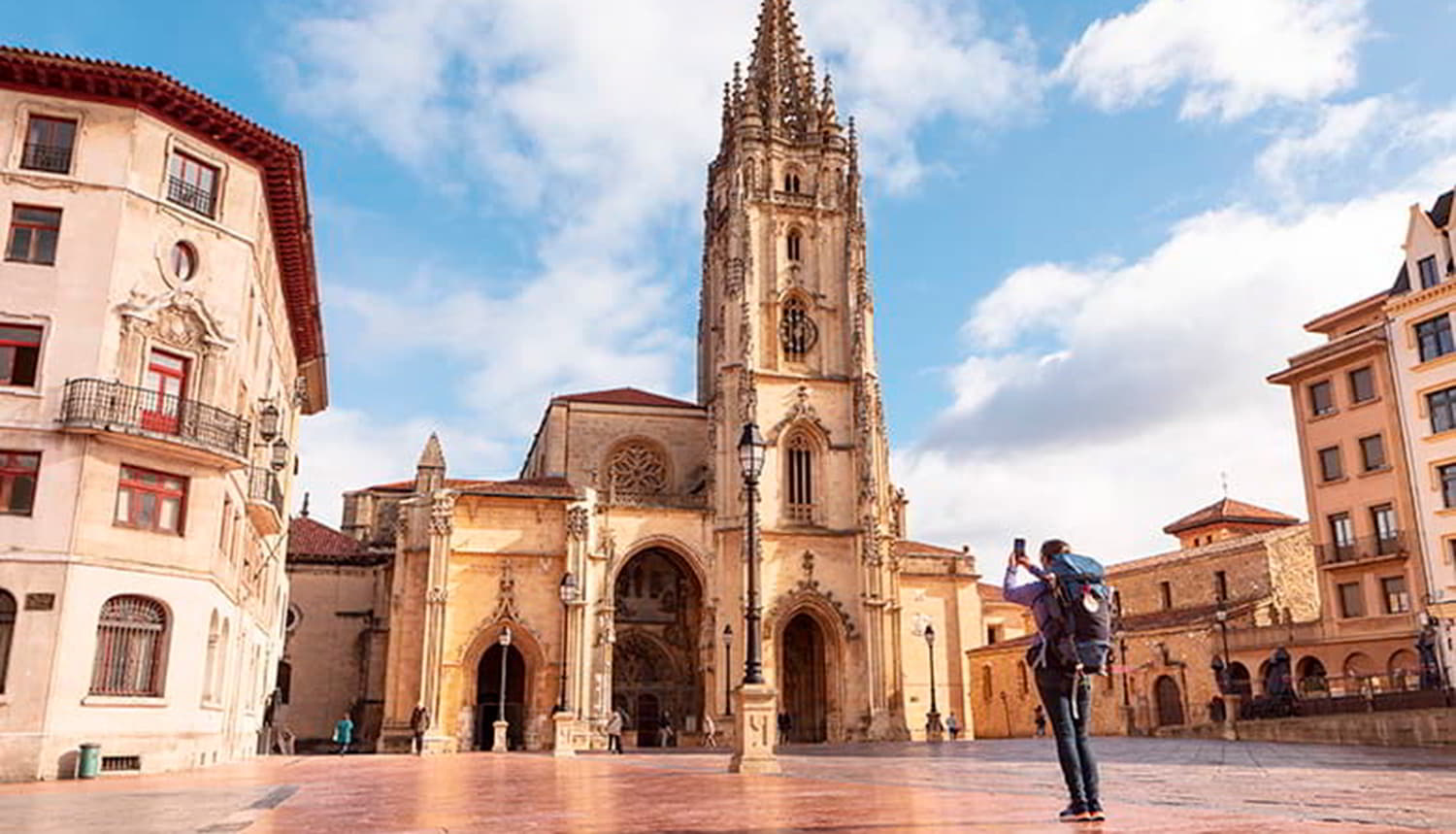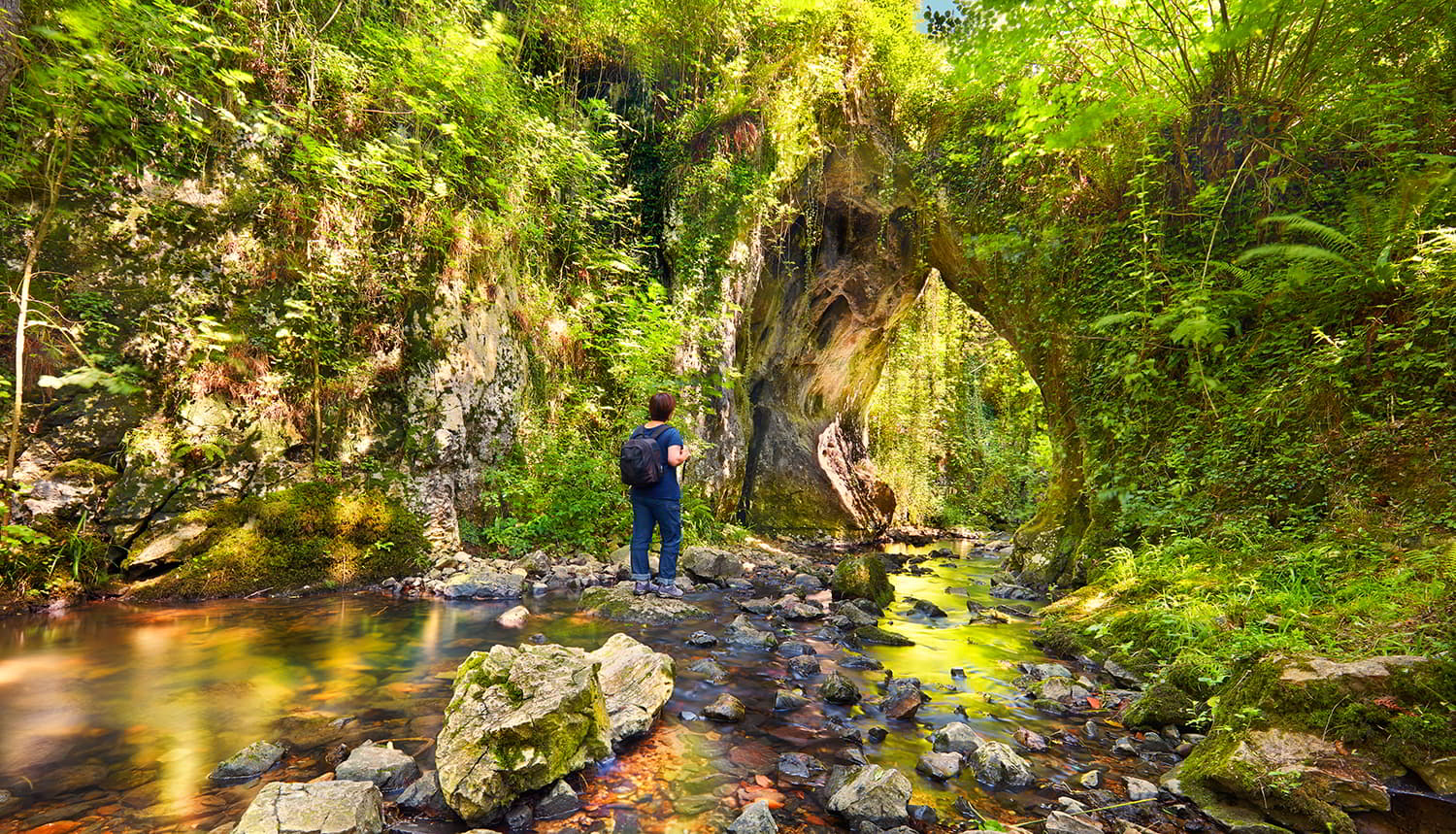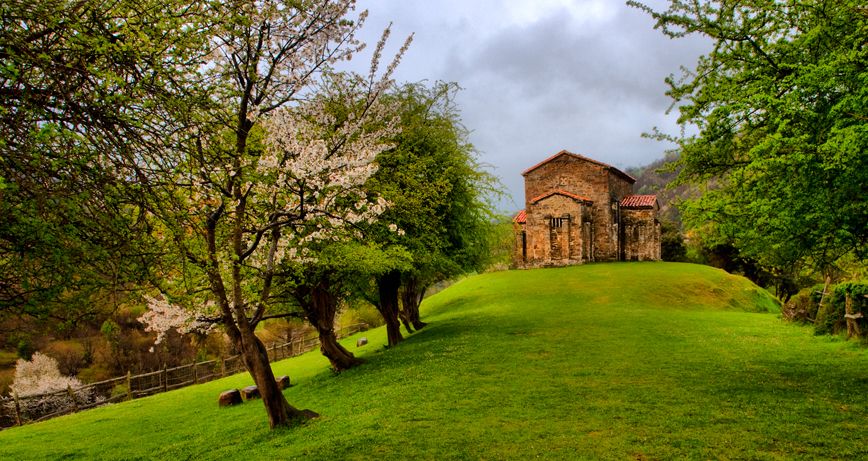Back Top 10 things to see and do in Oviedo
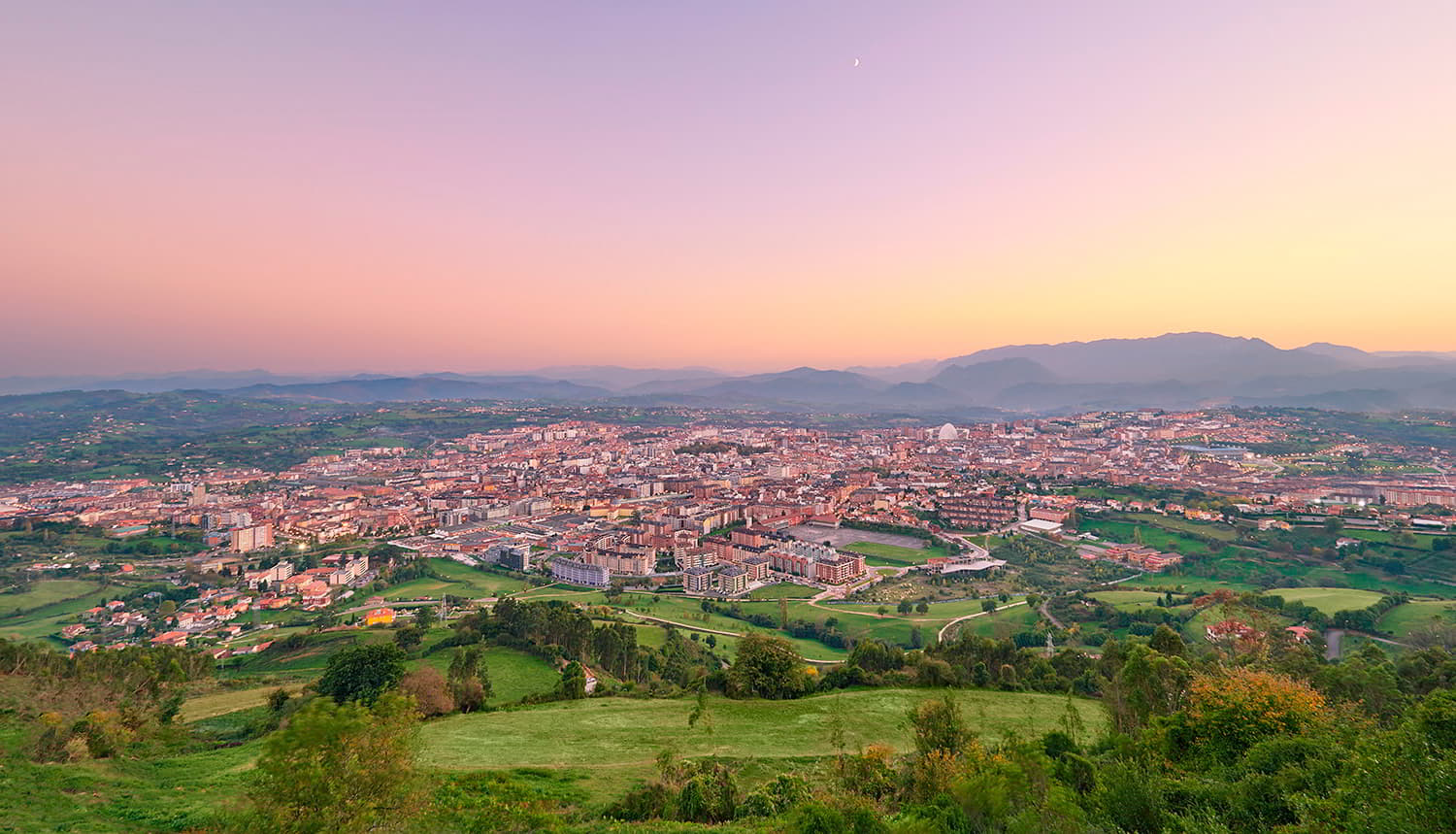
Top 10 things to see and do in Oviedo
Oviedo is a welcoming and friendly city, historic and full of life, where everything is easy, stress-free and always with a smile on your face.
Oviedo/Uviéu, the capital of the Principality of Asturias, is a welcoming and friendly city in the broadest sense of the term. It seems as if it had been designed many centuries ago for a warm and simple lifestyle. In reality it seems to have been conceived for the human dimension, where daily rhythms and details are at the service of people and not the other way round. That is why everything in Oviedo is attainable, accessible, stress-free and always with a smile on your face. That's why everything in Oviedo is easy...
Top 10 things to see and do in Oviedo
Mount Naranco and the panoramic Asturian Pre-Romanesque
Oviedo/Uviéu, as the royal city that it was, preserves vestiges of the court and kingdom that it hosted. These remains have survived to the present day and have become a World Heritage Site due to their importance in European history and culture. We are talking about Asturian Art, also known as Asturian Pre-Romanesque.
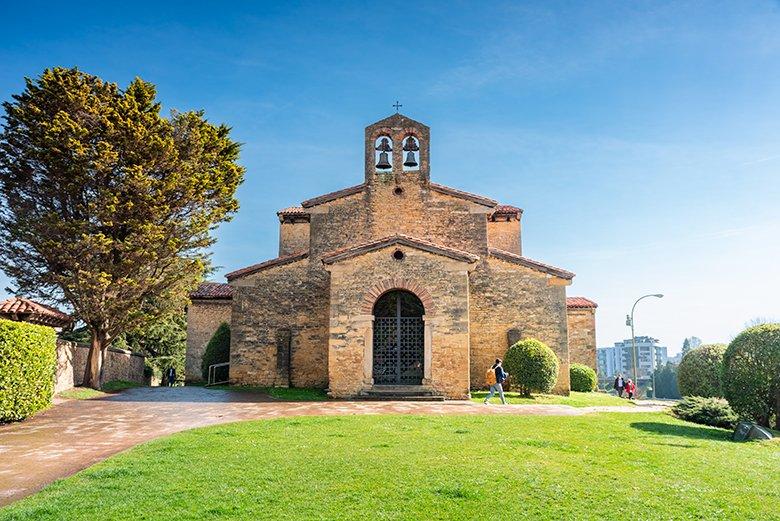
Oviedo/Uviéu could be called the city of the Pre-Romanesque, because of all Asturias it has the most monuments from this period, both in the city centre and in the surrounding area. If we are in the heart of the city, magnificent examples are some details of the old church of San Tirso El Real, the church of San Julián de los Prados - also known as Santullano - or the Foncalada Fountain, whose stones, impregnated with moss and water, ooze antiquity. The Cámara Santa (Holy Chamber), created by the great Asturian monarch Alfonso II, deserves special mention.
Furthermore, in the greenest and most panoramic surroundings of Oviedo/Uviéu, that is to say, at the foot of the famous Monte Naranco, we will find two incredible jewels: Santa María del Naranco and San Miguel de Lillo. And also, in this area, you will find the Asturian Pre-Romanesque Reception and Interpretation Centre which, located in some old schools, serves to give travellers an insight into the importance and historical context of these monuments.
Thus, on Mount Naranco, amidst impressive aerial views of the city and a large part of the central mountainous area of Asturias, you can experience the Preromanesque Art in all its splendour.
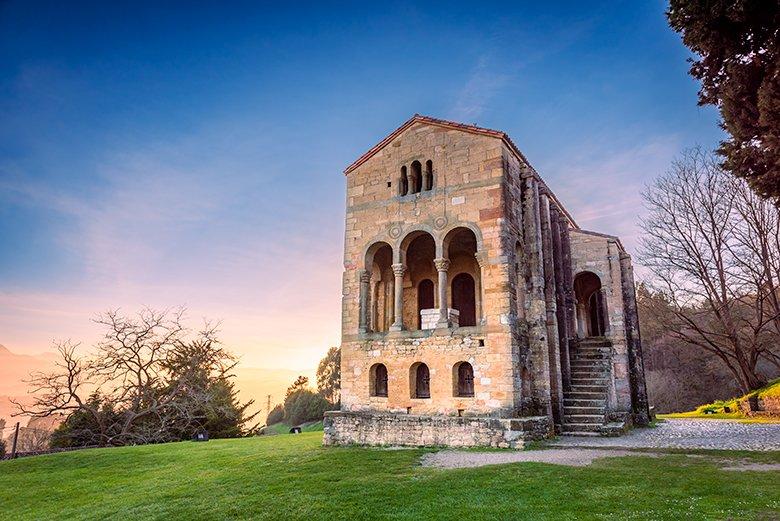
The Plaza del Fontán, a historic market landmark in Vetusta
The Plaza del Fontán has always been a special place for Oviedo/Uviéu, and a neuralgic point of the city. Centuries ago there was a natural lake fed by springs and fountains - hence the name of this square -, then on the outskirts of the city, which soon became a place of recreation for the nobles of Oviedo. This meant that the peasants of the area came to sell their products - milk, vegetables, cheese, chickens, etc. - in the square. -. This is how one of the oldest markets in Asturian memory came into being.
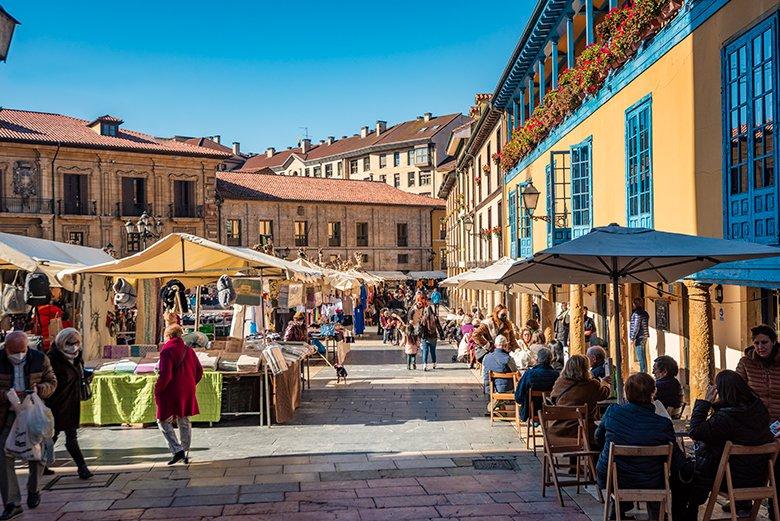
Since then, the Fontán has undergone many changes. Its past as a comedy theatre or as a centre for social gatherings has been left behind, but its soul remains unscathed. The Fontán is still one of the liveliest and most frequented places in the city, especially during market hours. As if that wasn't enough, very close by is the Plaza de Abastos and also the Plaza del Ayuntamiento, and the church of San Isidoro.
So the whole area around El Fontán is a place where people come and go to look around, to shop, to chat or to look for a place to have a vermouth, to have lunch, a snack or dinner, to have a glass of cider, or to buy the best local products.
El Fontan, for ever and ever, remains faithful to the spirit that created it...
Ancient Oviedo: A "regal seat" with its five towers
The Old Town, as the historic centre of Oviedo/Uviéu is popularly known, preserves almost intact its "regia sedes", a city linked to the Asturian monarchy in its strong origins. For this reason, a stroll through the old city is a hand in hand with history. Among the narrow, winding streets of the Old Town, many centuries of history can be seen.
Looking towards the sky as if with a vocation to reach it is the Gothic tower of the Cathedral, which majestically presides over the Plaza de Alfonso II el Casto, perhaps the most famous square in the city, and one of the meeting points on a stroll through the historic quarter.
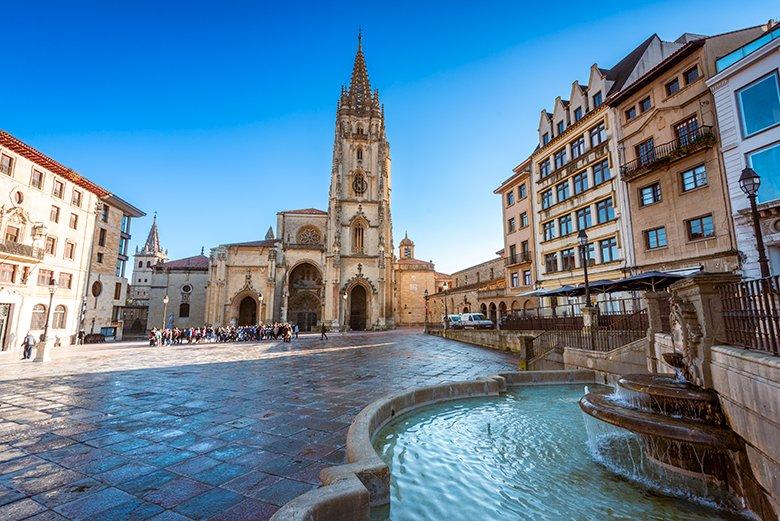
Oviedo's cathedral is a universal and primordial reference point on the Pilgrim's Way to Santiago de Compostela, so the continuous and incessant presence of pilgrims, like an eternal trickle, comes as no surprise. Nor is the curiosity aroused by the Holy Chamber - a World Heritage Site - which still conserves the essence of a palatine chapel, as conceived by Alfonso II himself, and which today houses the relics and jewels of the ancient Asturian monarchy, a pioneer of western European Christianity.
One of the most attractive options for getting to know the cathedral is the visit to the Gothic tower of the Sancta Ovetensis, which lasts approximately one hour and will be a unique experience. Groups that climb the tower will make two stops before reaching the end of the tour. The first stop will be at the counterweight body of the clock: visitors will climb 56 steps up the tower's spiral staircase to this point, where they will be able to contemplate Menéndez Pidal's moulds. The second stop will be at the bell tower, presided over by the Wamba, which they will reach after climbing another 67 steps. From there, and after 61 more steps, visitors will reach the great attraction of these ascents: the Renaissance body, which allows a 360-degree view and offers a privileged view of Oviedo, given that at this point, the elevation is 43 and a half metres above the ground. You can also take photographs and contemplate, from the inside, the spectacular openwork arrow that crowns the tower.
With so many sensations, you will realise that a walk through this "regia sedes" is almost like walking through the clouds, because in very few square metres you will discover five towers, which are the testimony, standing for centuries and centuries, of how the city and Asturias came into being and how it evolved. The five towers of this "regia sedes", which can be discovered with a careful look around the old quarter, are Santa María La Real de la Corte, adjacent to the convent of Las Pelayas, which also has its tower; the Romanesque tower of the cathedral, as well as its Gothic tower, and the tower of San Tirso el Real, a church founded by Alfonso II el Casto and which still conserves the oldest alfiz - moulding that supports a pre-Romanesque arch - in western European Christianity.
Five towers in a short circular route give the city a historical, medieval, Renaissance and eighteenth-century air; an eclectic air that is unique in Europe.
While following the royal trail, some artistic vestiges in the form of sculptures show us the literary soul of an Oviedo/Uviéu that has inspired novelists such as Leopoldo Alas "Clarín", Ramón Pérez de Ayala or Armando Palacio Valdés...
The "regia sedes" has not lost an iota of its essence, and today it continues to be an inescapable muse for many creators...
The Museum of Fine Arts of Asturias: art in content and continent
Proof that Oviedo/Uviéu is a city of art and with art is its Museum of Fine Arts, recently refurbished and enlarged, and which exhibits, in completely new exhibition spaces, a more than interesting collection of art from different historical periods up to the contemporary avant-garde.
The Museum of Fine Arts, located in the heart of the historic quarter, and with part of its façade overlooking the Cathedral square, is art in itself. In its case, one can safely say that the art is not only in its exhibition contents but also in the container.
A mixture of classical and contemporary architecture, in a framework of thoughtful design for important works of Spanish art, in a visit that is deeply enjoyable and surprising.
The Museum of Fine Arts of Asturias currently exhibits 782 works, which constitute a journey through the history of art from the 14th to the 21st century, and where we find works by such renowned geniuses as El Greco - with a specific room for his Apostolate -, Goya, Zurbarán, Murillo, Sorolla, Picasso, Dalí, Barceló and an endless number of artists who have written the most glorious pages of Spanish art.
The Archaeological Museum, or the most complete memory of the history of Asturias and Humanity
Old Oviedo/Uviéu is also home to the Archaeological Museum. Located in a part of what was once the historic convent of San Vicente - whose history is closely linked to the figure of Fray Benito Jerónimo Feijoo -, the Archaeological Museum is an exhaustive and entertaining journey through the prehistoric and historical memory of the future of Asturias, and therefore of the evolution of the continent.
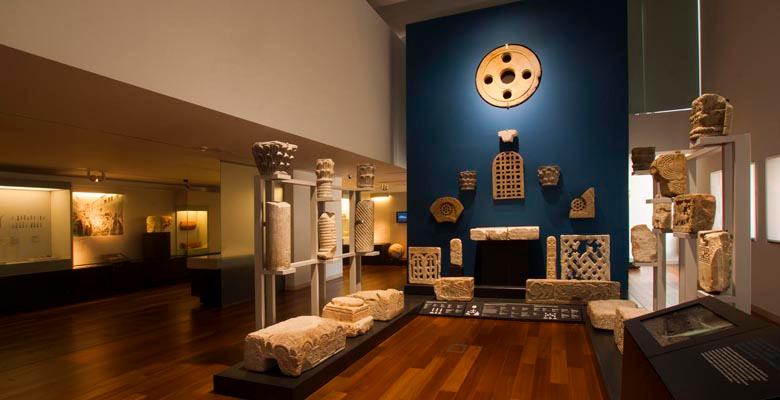
Recently refurbished, it follows in the footsteps of the Fine Arts Museum in terms of the meritorious and innovative architectural intervention that makes it a functional exhibition space, appropriate to the contents, and with a design line in balanced harmony between the new architecture and the old.
The Archaeological Museum is another of those essential visits during a stay in the Asturian capital. It is impressive and unforgettable, with its references to the prehistoric caves with cave art and the monuments of the kingdom of Asturias.
A very gastronomic capital
Oviedo is, in 2024, the Spanish Capital of Gastronomy. The jury that awards such recognition recognised its merits with these words: "The city deserves the distinction for being the standard-bearer of Asturian cuisine, a cuisine that conquers. Dishes such as fabada, cachopo or its incomparable cheeses and excellent seafood. Oviedo conquers the Spanish palate".
A stroll through Oviedo is a journey through the past and present of Asturian and Spanish cuisine. A true itinerary through tradition and innovation, which coexist in a harmonious and balanced way, creating a great habitat to enjoy gastronomy and all the satisfaction it brings.
Restaurants, cider houses, cafés, bars, confectioneries and an endless number of gastronomic spaces make up a unique environment, very conducive to culinary leisure.
The Campoamor Theatre, one of the cultural hearts of the city
From the end of the 19th century, when the city grew and the pace of urban life broadened horizons, the Campoamor theatre was created, which now belongs to three centuries - 19th, 20th and 21st - and which has been and remains the eternal cultural epicentre of the city, hosting all kinds of shows at the highest level, and with an opera festival that brings and attracts the great lyrical figures of the international scene.
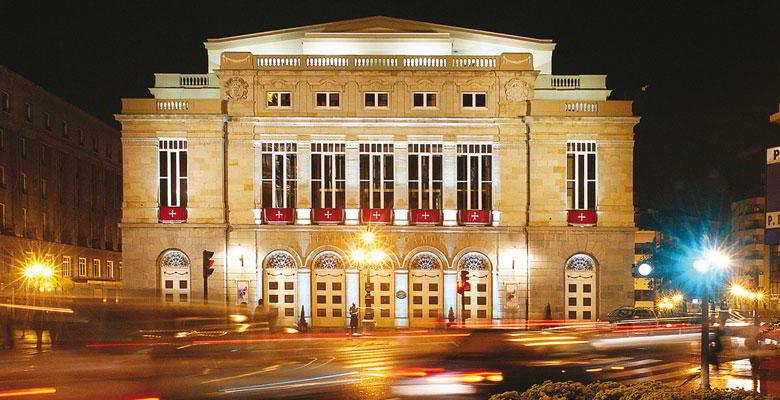
Visiting Oviedo/Uviéu and attending its Opera Festival has become a classic date for art lovers, and also for those who want to make their debut in this field. In the same way that the Princess of Asturias Awards, which since their creation with the restoration of the monarchy in the second half of the 20th century, have held their annual gala awards ceremony in this theatre, which for one day becomes the main stage for awards of great impact worldwide.
The Campoamor Theatre and its large esplanade, framed in the civil architecture of the early 20th century, is an unavoidable reference point in the city.
An afternoon of shopping in Uría Street
Calle Uría is the commercial axis par excellence of the city of Oviedo/Uviéu. Designed and built at the end of the 19th century with the idea of linking the city centre with the railway station, this street is one of Oviedo's emblematic places due to its commercial atmosphere and its architecture.
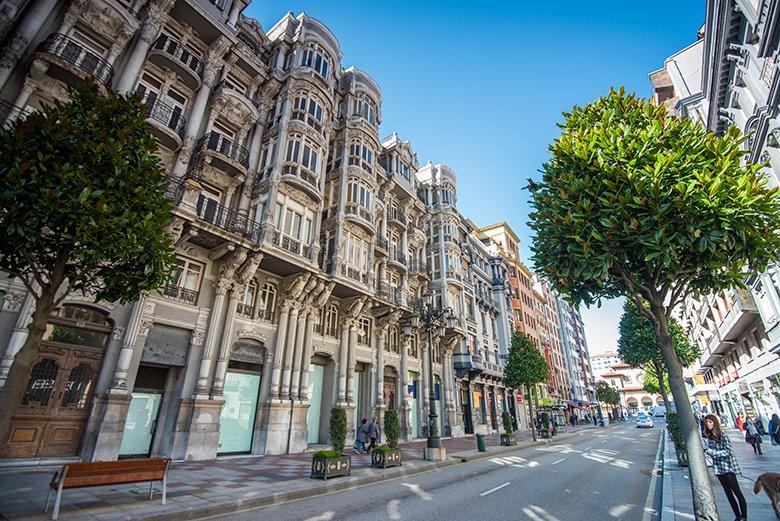
It takes its name from a politician of the time, and has undergone many vicissitudes and social and urban changes in its long history, but as in the case of El Fontán, it has preserved its founding spirit, which gives it a truly distinguished commercial importance for the city.
To say Uría street in Oviedo/Uviéu is to give an ideal reference for the most entertaining and varied shopping, where you can find from the most exclusive brands to low cost products, and all of them of rigorous fashion and actuality.
Uría Street is perfect for a day of shopping!
Campo de San Francisco, a historic green lung designed for relaxation
The history of the Campo de San Francisco is very curious, and goes back many centuries. What is now one of the most classic and well-known parks in Spain originated in a Franciscan monastery, the field being the convent's orchard. It gradually became a place for leisure and relaxation for the inhabitants of the city, and was consolidated as such when the layout of Calle Uría was completed, to whose history and evolution it is intimately linked.
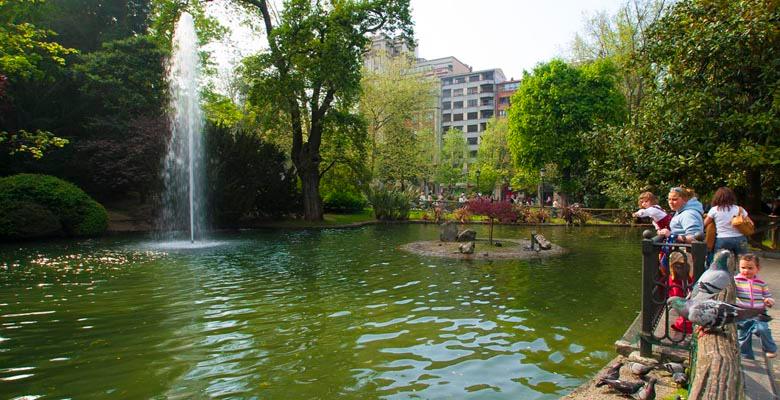
The Campo or Park of San Francisco is a space with a life of its own, full of wide streets and avenues; full of trees and green areas where squirrels have their refuge or where swans and peacocks roam freely in ponds and fountains, for the enjoyment of children and adults alike.
Every tree, every statue, every corner, every scene hides an evocative story in the Campo de San Francisco. From the barquillero that delights the little ones to the most recent of its symbols, such as Quino's Mafalda, without forgetting illustrious figures of the city and other real or mythological characters.
In short, the Park - which even has its own annual festival known as the Martes de Campo - is a historic green lung in the middle of Oviedo/Uviéu that from time immemorial was conceived to relax...
A cider in Gascona Street or a good wine on the Wine Route
OviedoUviéu is the ideal city for a change of scene. It has everything: lively cafés, cider bars, traditional restaurants, designer bars, shop-bars, gourmet shops, cider bars, wine bars, etc. So much so that if there is one area that epitomises the capital's cider-making tradition and its "savoir faire" in this area, it is the famous Gascona street, also known as the Boulevard de la sidra (Cider Boulevard), where there is a lively atmosphere at all hours of the day and night, both for locals and foreigners alike.
Oviedo/Uviéu also has its own area, its own wine route, in the area around the streets Campoamor and Manuel Pedregal, where you will find very atmospheric and carefully designed establishments.
Another gourmet area is Avenida de Galicia and the surrounding area.
However, any corner of the city, as well as its neighbourhoods, are pleasant places to indulge in the good gastronomic life, including an Asturian "espicha".
In Oviedo/Uviéu you will never lack a place for good drinking and good eating, and nice people to socialise with or to serve you.
And one of those occasions to enjoy the city to the full is Easter, where you will find not only entertainment but also interesting cultural and gastronomic activities.
If you want to book accommodation you can do it easily in our Online Booking section!
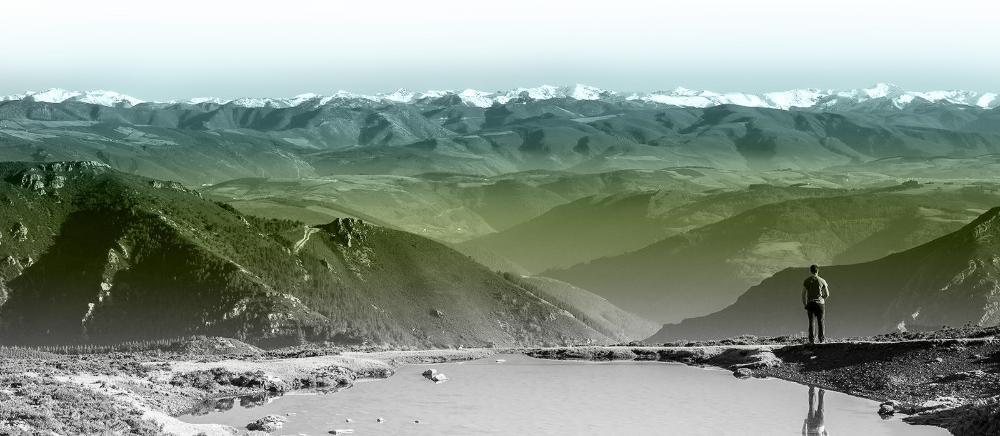
Subscribe to our newsletter and take advantage of offers, discounts, and news
Subscribe

